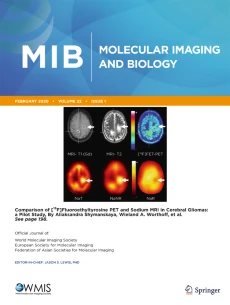Electron paramagnetic resonance imaging (EPRI or eMRI) detects the magnetization of unpaired electron spins in exogenous contrast agents. Similar to magnetic resonance imaging (MRI), EPRI uses a static magnetic field, magnetic field gradients, and radio-frequency energy pulses to generate spatial images. In contrast to MRI, EPRI uses much smaller magnetic fields because of the higher gyromagnetic ratio of electrons compared to water protons. EPRI uses an exogenous contrast agent sensitive to the parameter of interest. The leading application of EPRI is in determining partial oxygen pressure (pO2) in tissues, while other applications, such as pH and redox imaging, are also catching up. Together, these biomarkers of the tissue microenvironment can provide insights into pathologies and support modern complex treatment strategies in cancer, type I diabetes, and many other medical fields. To accelerate the dissemination of the latest research in the field, we invite the submission of research reports that focus on biological and biomedical applications, clinical translation, and the chemistry of new agents for EPR imaging.





















